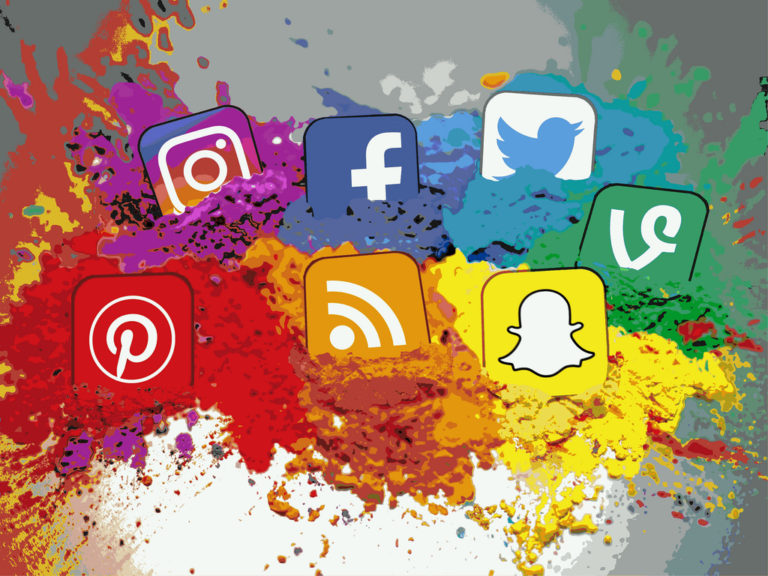By Stephanie Wells.
With the new year here, it’s time for marketers to solidify their strategies for more productive, effective results. The marketing landscape is constantly changing and evolving, and if businesses don’t keep up, they’ll see a drop in conversions and revenue.
For social media, this is especially true. Users continue to interact in different ways and use social platforms to engage with brands they do business with. In 2019, 79% of the U.S. population had a social networking profile.
Imagine a business that doesn’t know the first thing about how to use social media to engage their customers. You may have a large following, but if you don’t utilize your platform, you won’t see positive results.
It’s important to keep up with the upcoming social media marketing trends so you and your team create a strategy that’s effective and fruitful. Here are a few trends to watch in 2020 that you can apply to your social media marketing strategy.
Building Online Communities
What keeps users coming back on social media time and time again? When you get tired of the memes, acquaintances’ life updates and baby photos, what entices people to continue using social platforms in their leisure time?
Social media provides a stable platform of connectivity between people who otherwise wouldn’t coexist as easily. People lead busy lives, and even those you’re close to can become estranged when there’s so much going on. Perhaps a more significant reason people continue using social media is to be part of a bigger community where they feel valued, respected and loved.
In 2020, social media marketers should put more emphasis on building online communities to grow their customer base. There will be more focus on responding to users, cultivating conversations and building authentic brand-consumer relationships. All of these elements will encourage repeat customers and increased engagement.
Humanizing Your Brand
Brands are constantly fighting to grab their audience’s attention and persuade them to look their way. There are so many marketing messages pushed on consumers day in and day out that it takes extra effort to reel them in. How can you intrigue your customers when you have so many competitive forces standing in your way? You humanize your brand.
In the upcoming year, marketers will put more focus on adding human elements to their social marketing messages. There’s no room for robotic, traditional advertising that makes it difficult to produce results. If you want to connect with consumers, then you need to humanize your brand and create relationships beyond your products and services.
Brands are already leveraging the use of memes, slang and pop culture to relate to their customers and build long-lasting customer relationships. I predict this trend will continue to rise in the new year as consumers demand more personalization from the businesses they invest in.
Social Purchasing
Marketers aim to please their customers and provide them with smooth experiences. This includes sharpening website design, improving navigation and offering superior customer support. It also means providing additional convenience wherever possible so businesses have a higher chance of converting customers and generating sales.
That’s why I expect purchasing through social media to continue to grow as a trend for the upcoming year. Companies already bombard users with ad after ad based on their previous searches. Users are used to seeing products they want when they log into social media. More businesses will use this to their advantage by enabling shopping directly through social platforms.
Providing convenience is one of the key ways to drive sales and persuade users to click through. If your brand offers a positive user experience (UX) for customers, you’re sure to see an increase in conversions and engagement.
If you want to boost your social media marketing efforts for the upcoming year, then it’s crucial to pay attention to the trends. You can expect a bigger emphasis on building authentic relationships, social purchasing and humanization to bring audiences and businesses together.
Feature Image Credit: Getty
By Stephanie Wells
Steph is the founder of Formidable Forms, a drag + drop form builder for WordPress that empowers freelancers to create form-based solutions.























